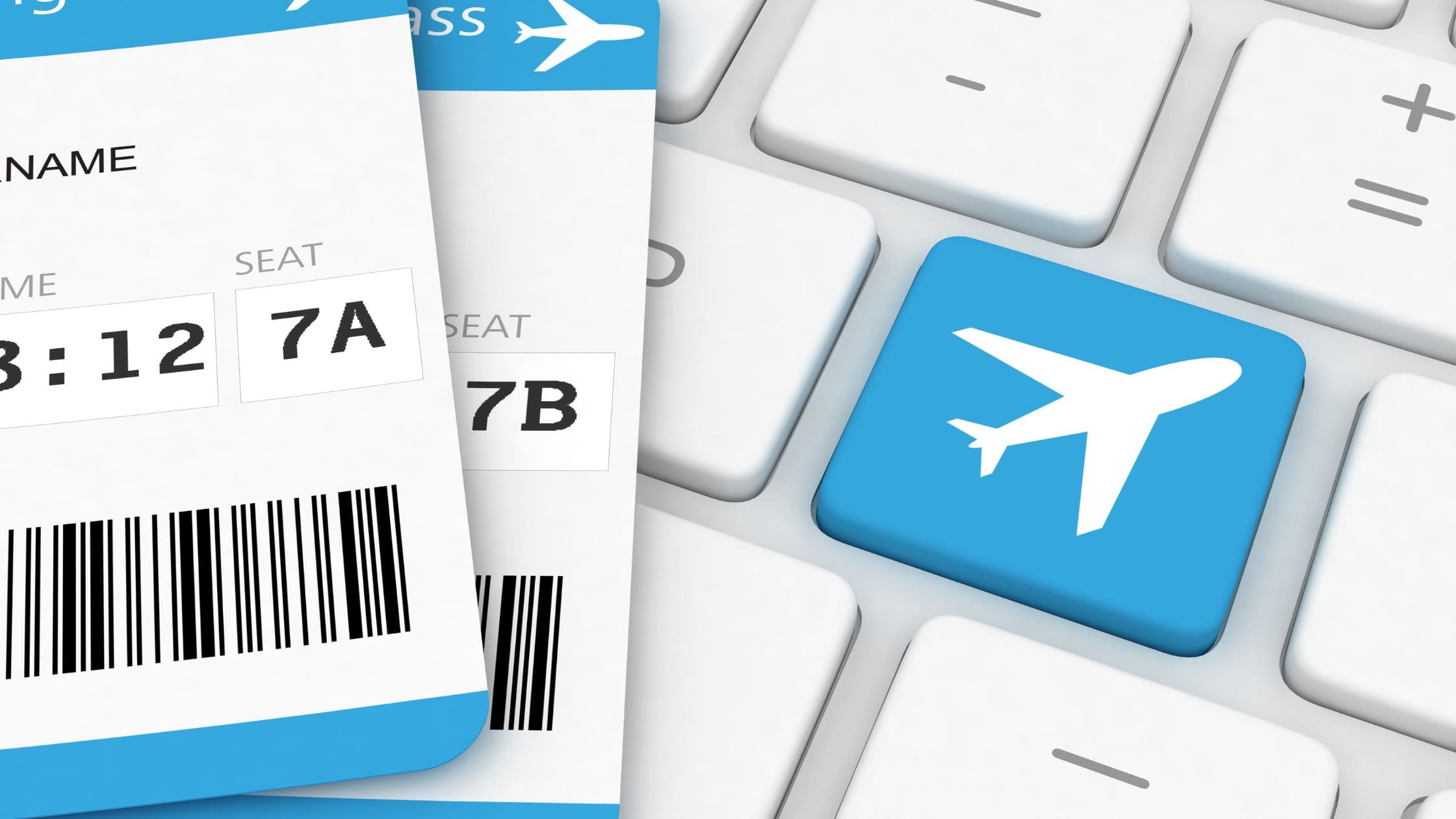Overview
New Distribution Capability (NDC) represents a transformative shift in how airlines sell their products and services. This XML-based data transmission standard, developed by the International Air Transport Association (IATA), enables airlines to distribute rich content and ancillaries through travel agencies and other third-party distributors. As of 2024, NDC adoption continues to accelerate globally, reshaping the airline distribution landscape.
What Exactly Is NDC and Why Was It Created?
- Definition: NDC is a modern, API-based standard that allows airlines to distribute their full product offerings through travel agencies and other sellers
- Purpose: Created to overcome limitations of legacy Global Distribution Systems (GDS) that restricted airlines’ ability to differentiate their products
- Technical foundation: Based on XML messaging that enables rich content delivery and dynamic pricing
- Core benefit: Gives airlines direct control over how their products are presented and sold across all channels
“NDC is not just a technical standard—it’s a fundamental shift in how airlines approach distribution strategy. It puts control back in the hands of airlines.” — Yanik Hoyles, Director of Distribution at IATA.
How Is NDC Transforming Airline Distribution?
- For Airlines:
- Enables personalized offers based on customer data and preferences
- Provides greater control over product presentation across all channels
- Allows dynamic pricing and bundling capabilities previously impossible
- Reduces distribution costs by enabling direct connections with sellers
- Creates opportunities for innovative ancillary revenue streams
- For Travel Agencies:
- Access to airlines’ full content including all ancillaries and rich media
- Ability to offer more personalized options to travelers
- Enhanced comparison shopping with complete product details
- Opportunity to add value through customized packaging
- For Travelers:
- More transparent shopping experience with clear product differentiation
- Access to personalized offers based on preferences and loyalty status
- Consistent experience across booking channels
- Greater choice in flight options and ancillary services
What Are the Current NDC Adoption Rates?
- Global adoption: 72% of airlines have implemented or are planning to implement NDC by end of 2025
- Transaction volume: NDC bookings represented approximately 30% of indirect bookings for participating airlines in Q1 2024
- Regional differences: European carriers lead with 41% adoption, followed by Asia-Pacific (36%) and North America (33%)
- Growth trajectory: NDC transactions increased 165% year-over-year from 2023 to 2024
Global vs. US NDC Adoption Metrics (2023-2025+)
What Are the Current NDC Adoption Rates?
- Technical complexity: Integration with existing systems requires significant IT resources
- Industry fragmentation: Varying levels of readiness across the distribution ecosystem
- Change management: Requires workflow adjustments for travel agencies and corporate booking tools
- Standardization issues: Different implementations of NDC by airlines creates inconsistencies
- Investment concerns: High upfront costs with uncertain ROI timelines
How Are Major Airlines Leveraging NDC?
- American Airlines: Achieved 47% of third-party bookings through NDC channels in 2024
- Lufthansa Group: Implemented surcharges on GDS bookings to incentivize NDC adoption
- Singapore Airlines: Offers exclusive ancillaries and personalized bundles only through NDC
- United Airlines: Integrated dynamic offers with loyalty program benefits through NDC
- British Airways: Reported 38% higher ancillary attachment rates through NDC channels
What Does the Future Hold for Airline Distribution?
- Accelerated adoption: IATA projects 65% of all indirect bookings will be NDC-powered by 2026
- Ecosystem evolution: GDS providers transforming into aggregators of NDC content
- Advanced personalization: AI-driven offer creation based on comprehensive customer data
- Continuous innovation: New revenue opportunities through merchandising capabilities
- Omnichannel consistency: Seamless experience across all customer touchpoints
Conclusion
NDC represents a fundamental shift in airline distribution strategy, moving from standardized commodity selling to personalized retailing. While implementation challenges remain, the benefits of enhanced merchandising capabilities, improved customer experience, and increased revenue opportunities are driving accelerated adoption. For airline revenue managers, embracing NDC is no longer optional but essential to remain competitive in an increasingly digital marketplace. As the technology matures and adoption increases, we can expect to see continued innovation in how airlines package, price, and present their products to travelers.




